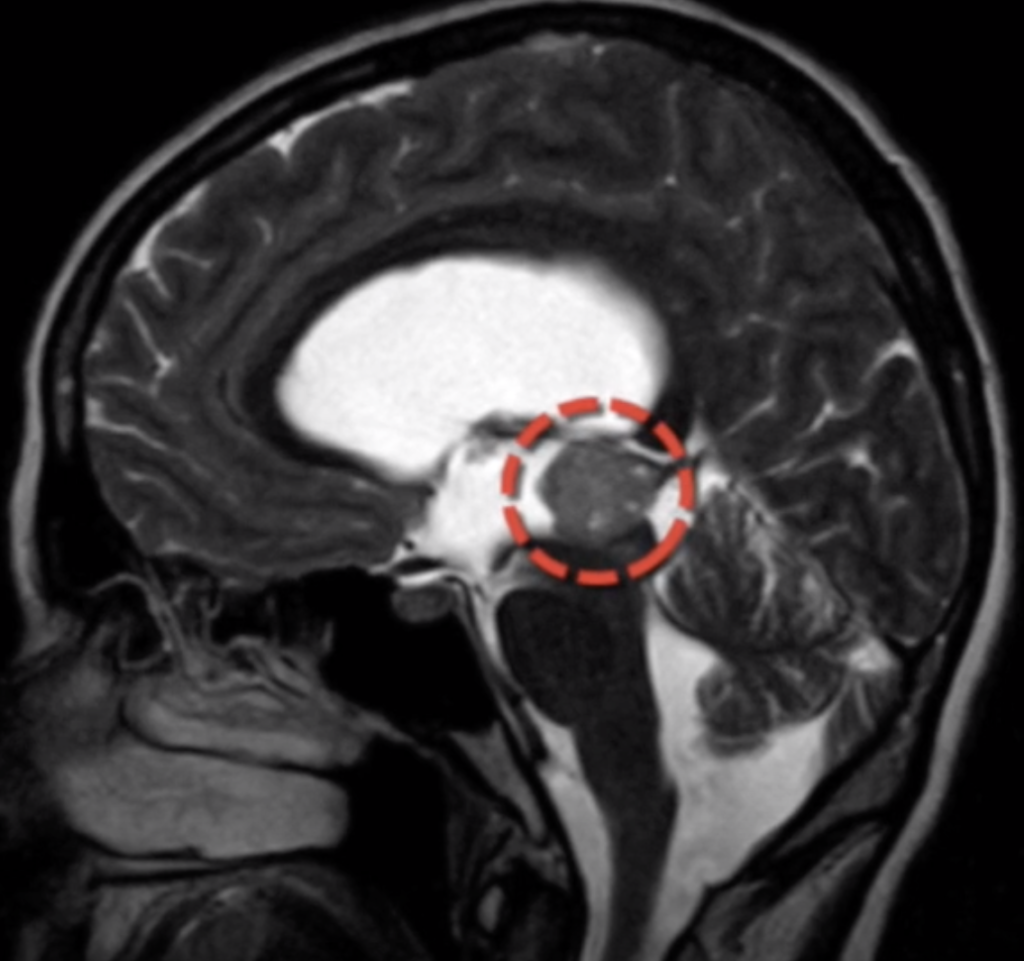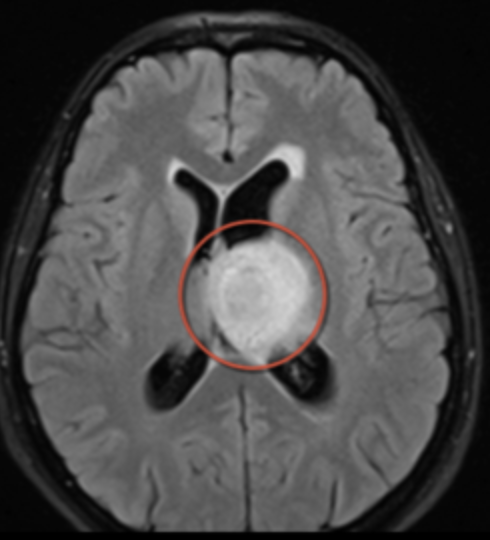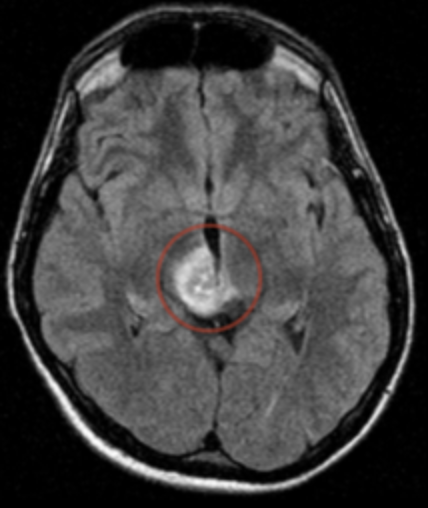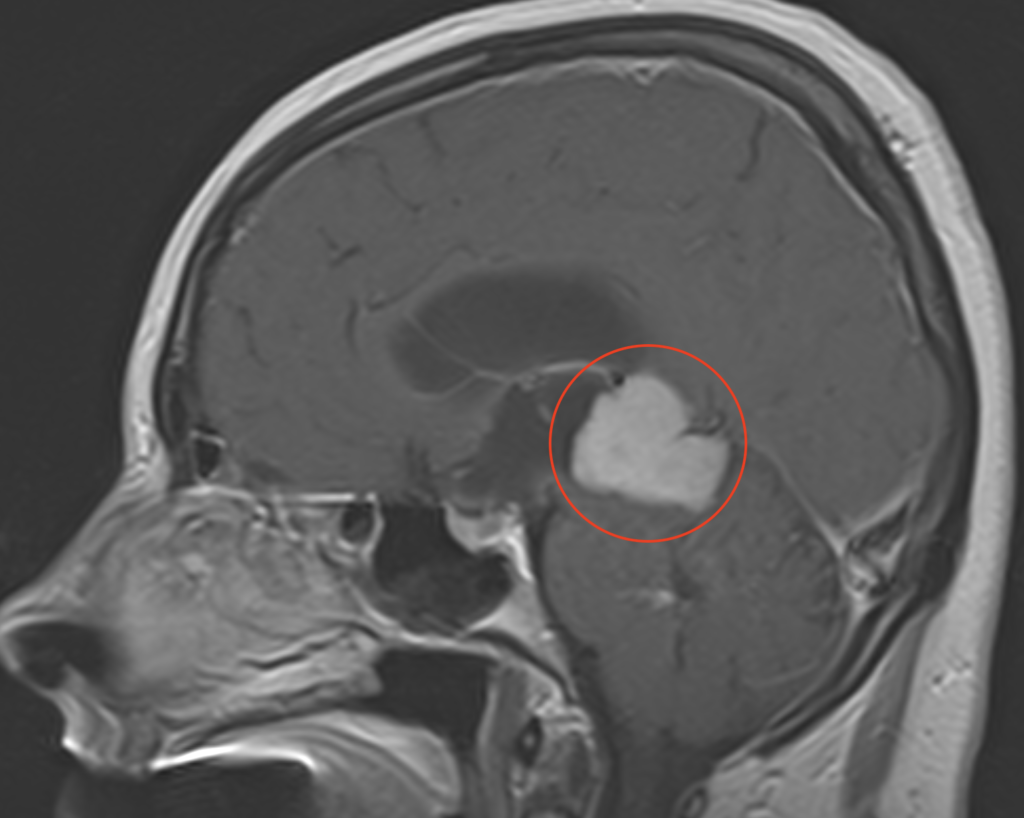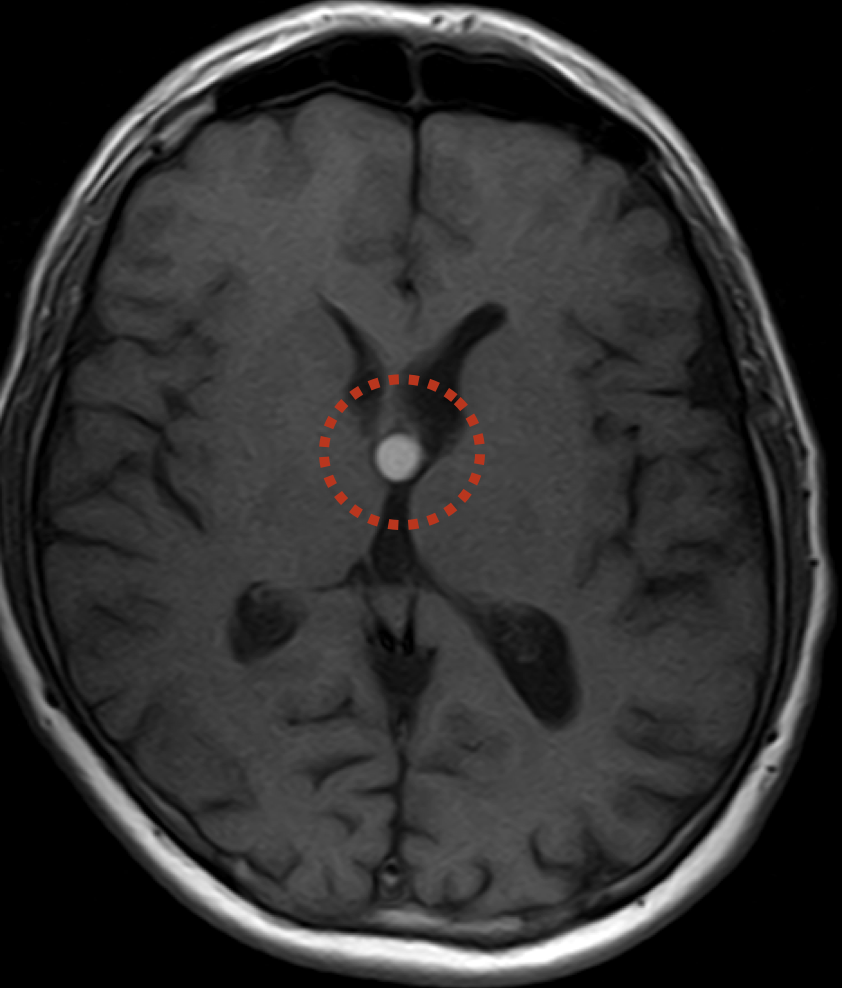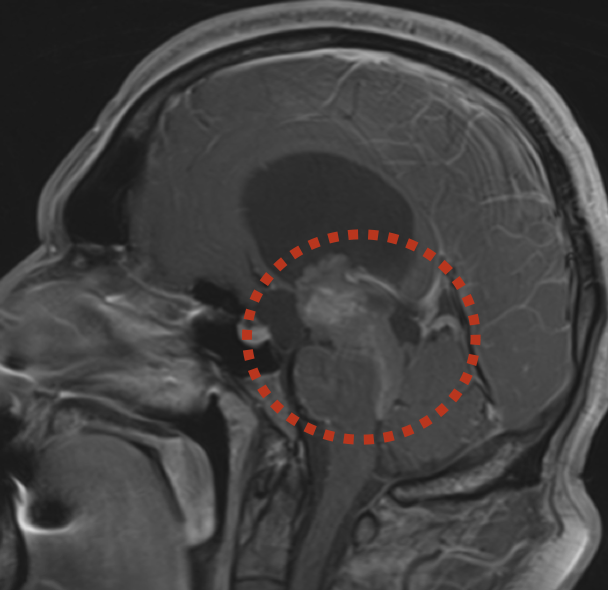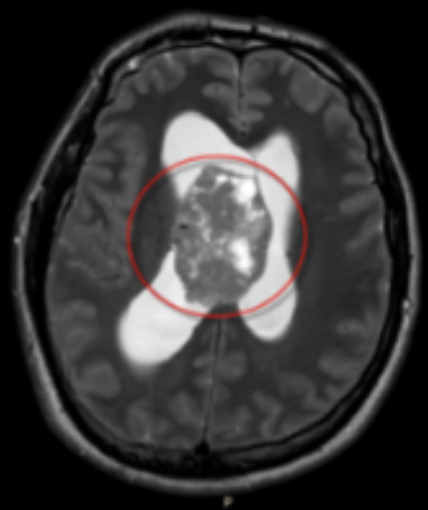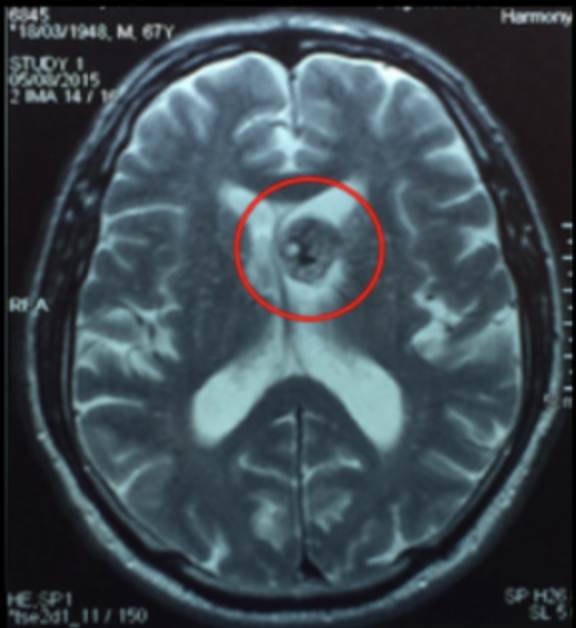Tumors of III, IV and lateral ventricles may be primary and secondary. The growth of intraventricular tumors is accompanied by occlusive hydrocephalus. A dangerous condition that requires immediate surgical intervention.
What are the symptoms?
Early symptoms are headaches, may be accompanied by nausea / vomiting, and often occur in the morning. May depend on the position of the head and body. With progression – constant headaches, incoordination, general weakness, drowsiness, mental disorders.
What treatment?
Intraventricular tumors (both primary and secondary) are neoplasms of deep localization, the path to which passes through the entire thickness of the cerebral hemispheres. That is why minimally surgical approach to a deep tumor is important. Along with the microsurgical technique (using an operating microscope), we in most cases use endoscopic technique.



